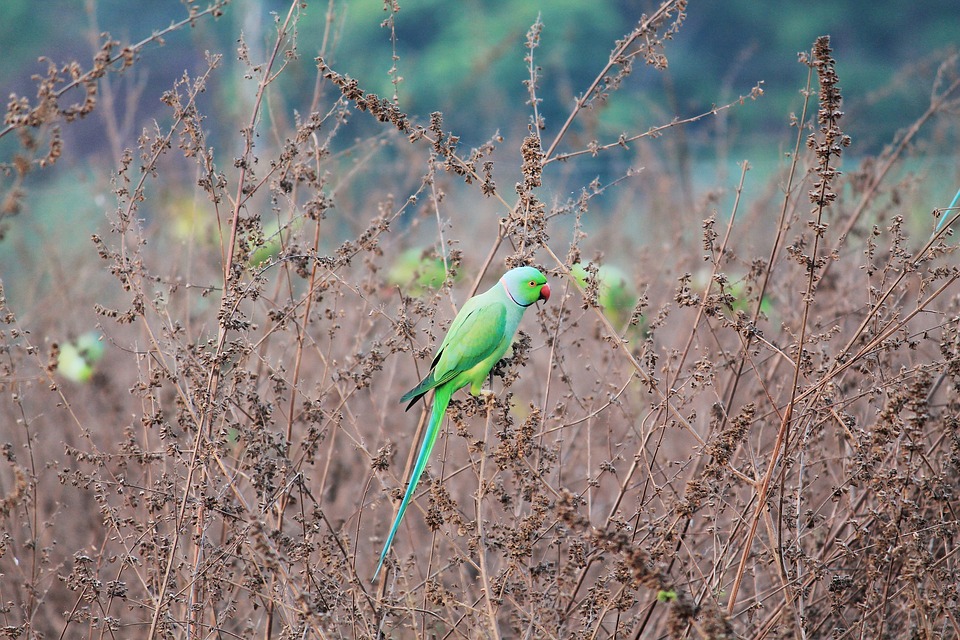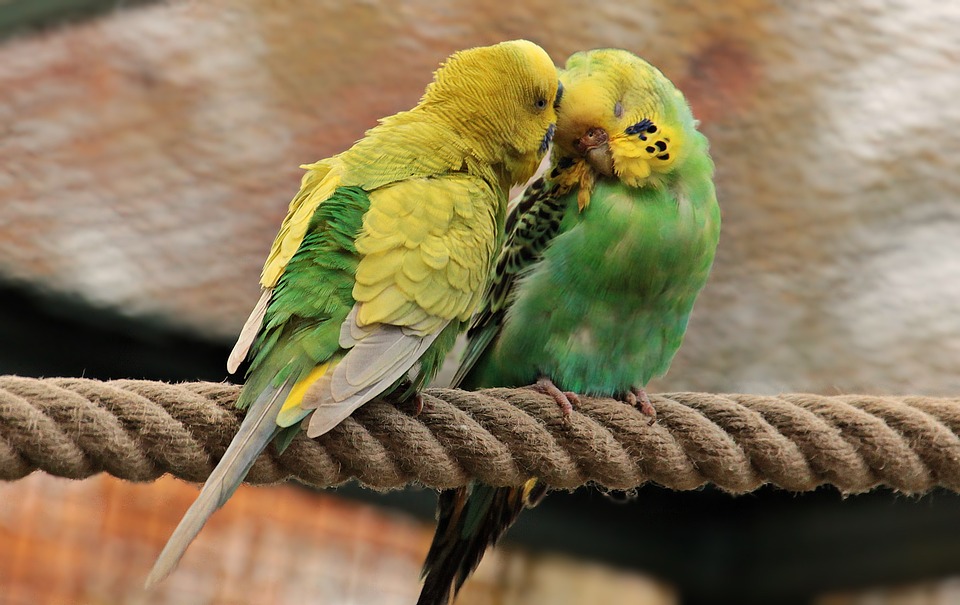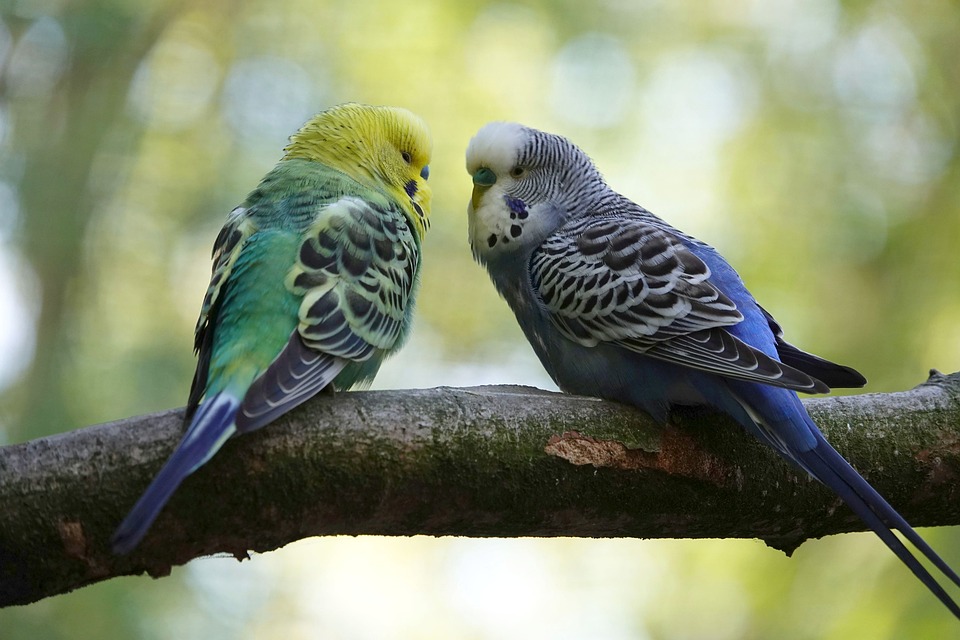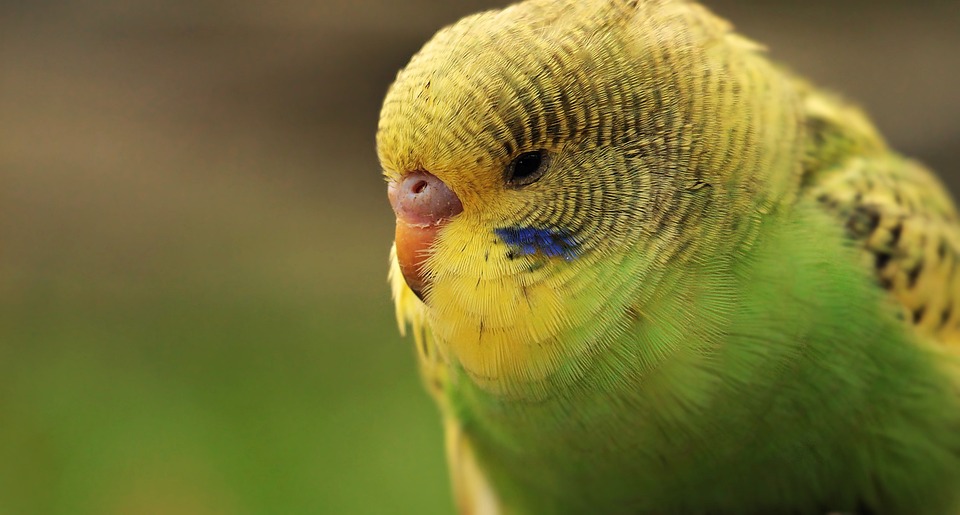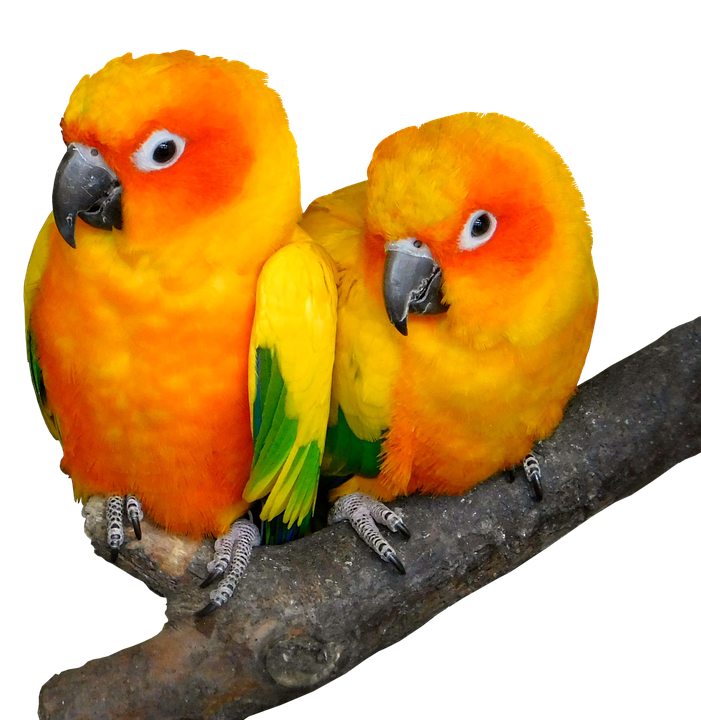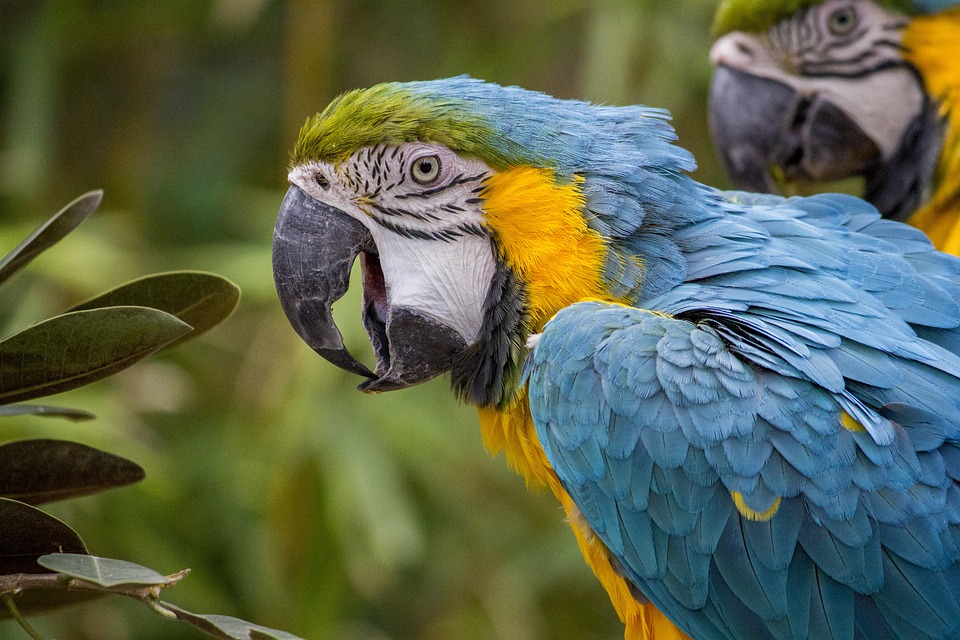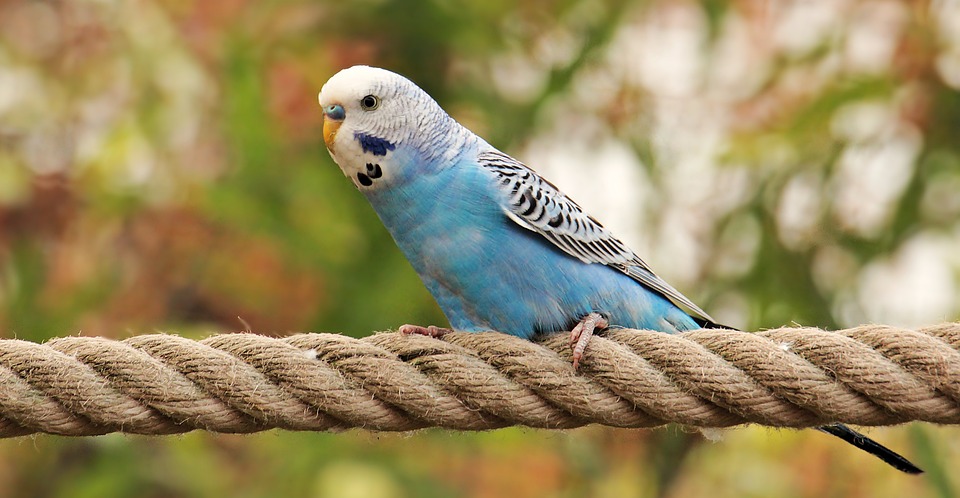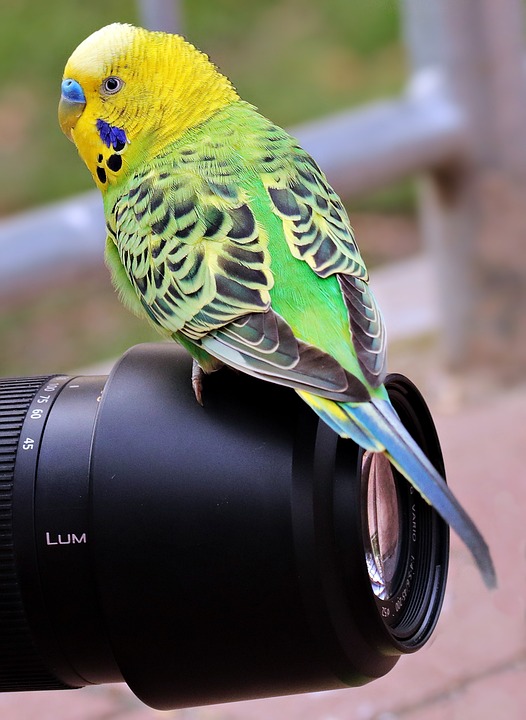Parrots are highly social creatures that thrive on companionship. Recognizing signs of bonding and companionship between parrots is essential to ensure their overall well-being. In this article, we will explore the various behavioral cues that indicate a strong bond and companionship between parrots.
Understanding Parrot Bonding and Companionship
1. Vocalizations:
– Mimicking: Parrots often mimic the sounds and vocalizations of their bonded companions. This can include imitating their unique calls, phrases, or even human speech. By mimicking each other, parrots establish a sense of familiarity and connection.
– Duets: Bonded parrots engage in duetting, where they take turns vocalizing and responding to each other’s calls. This vocal interaction strengthens their bond and establishes a sense of companionship. It is a form of communication unique to their relationship.
2. Physical Interactions:
– Mutual Grooming: Parrots that have bonded engage in mutual grooming, where they preen each other’s feathers. This behavior helps reinforce their bond and promotes social harmony within the flock. Mutual grooming is a sign of trust and affection between parrots.
– Head Bobbing: Bonded parrots may participate in synchronized head bobbing, a behavior that signifies their shared connection and communication. It is a visual display of their bond and serves as a way of reinforcing their relationship.
3. Play and Exploration:
– Shared Play: Bonded parrots engage in playful activities together, such as chasing each other, playing with toys, or exploring their environment side by side. This shared playtime strengthens their bond and provides mental stimulation.
– Cooperative Foraging: In a bonded pair or flock, parrots may collaborate during foraging activities, sharing food sources and actively assisting each other in securing their meals. This cooperative behavior enhances their sense of companionship and teamwork.
4. Body Language:
– Closeness and Proximity: Bonded parrots prefer to stay close to each other, often perching side by side or even cuddling together. They may also exhibit relaxed body postures and display contentment in each other’s presence. This physical closeness is a clear indication of their bond.
– Wing Fluttering: When parrots are bonded, they may engage in wing fluttering, a behavior where they rapidly flutter their wings while perched. This action serves as a visual display of their connection and excitement. It is a way for them to express joy and happiness in each other’s presence.
FAQs About Parrot Bonding and Companionship
Q1. Can parrots bond with multiple companions?
– Yes, parrots are capable of forming bonds with multiple companions. However, it’s essential to introduce new parrots gradually to avoid conflicts or territorial behaviors. Each parrot bond is unique and should be nurtured individually.
Q2. How long does it take for parrots to bond with each other?
– The bonding process varies depending on the parrot species and individual temperaments. It can take anywhere from a few weeks to several months for parrots to establish a strong bond. Patience and consistent interaction are key.
Q3. Can parrots form bonds with humans?
– Yes, parrots can form strong bonds with humans. Regular interaction, positive reinforcement, and meeting their social needs can help develop a deep bond between parrots and their human companions. Building trust and understanding is essential in this process.
Q4. What should I do if my parrot is not bonding with its companion?
– If your parrot is not bonding with its companion, it’s essential to assess the compatibility of the parrots and provide a supportive environment. Seek guidance from an avian behaviorist who can offer tailored advice based on your specific situation. Sometimes, it may require a gradual introduction or finding a more suitable companion for your parrot.
Q5. Is it advisable to separate a bonded pair of parrots?
– Separating a bonded pair of parrots should be done with caution and only if necessary. Parrots form strong emotional attachments, and forced separation can cause distress and behavioral issues. Consult with an avian expert before making such decisions. It is important to consider the emotional well-being of the parrots involved.
Conclusion:
Recognizing signs of bonding and companionship among parrots is crucial for their social and emotional well-being. By understanding their vocalizations, physical interactions, play behavior, and body language, we can ensure that our feathered friends thrive in a harmonious and fulfilling environment. Providing a nurturing and supportive environment for parrots to bond and interact is key to their overall happiness and well-being.

